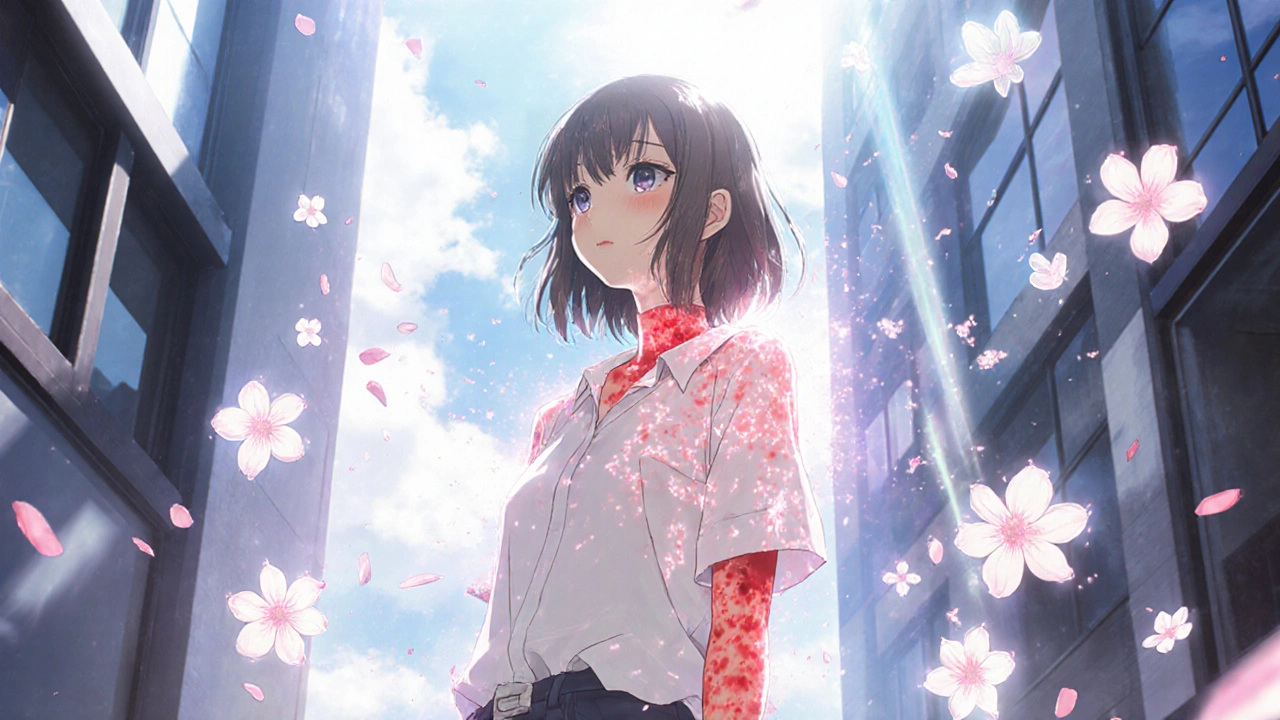Medication Photosensitivity: What It Is, Which Drugs Cause It, and How to Stay Safe
When you take certain medications, your skin can become unusually sensitive to sunlight—this is called medication photosensitivity, a reaction where drugs make your skin burn, blister, or rash more easily under UV light. It’s not just a bad sunburn. It’s your body reacting to the drug plus sunlight working together. You might not notice it until you get a severe rash after walking outside, even on a cloudy day. This isn’t rare—dozens of common prescriptions and even some OTC pills can trigger it.
It happens because the drug changes how your skin responds to ultraviolet (UV) rays. Some drugs absorb UV light and release energy that damages skin cells. Others trigger an immune response that turns your skin red, itchy, or blistered. tetracyclines, a class of antibiotics including doxycycline and minocycline are classic culprits. So are diuretics, like hydrochlorothiazide, often used for high blood pressure. Even some NSAIDs, acne treatments like tretinoin, and antifungals can cause this. If you’re on any of these and you start noticing skin changes after being outside, it’s not just bad luck—it’s a known side effect.
People with cutaneous lupus, an autoimmune condition that causes skin rashes triggered by light are especially at risk. Their skin is already primed to react, and adding a photosensitizing drug can turn a mild flare into a serious outbreak. That’s why sun protection isn’t optional—it’s part of the treatment plan. But even if you don’t have lupus, you’re not safe. A single dose of a photosensitizing drug can make your skin burn in minutes, not hours. And it doesn’t just happen in summer. UV rays penetrate clouds and glass. You can get burned sitting by a window or walking to your car.
What helps? First, know what you’re taking. Check your pill labels or ask your pharmacist. Second, wear broad-spectrum sunscreen daily—even indoors if you’re near windows. Third, cover up: wide-brimmed hats, long sleeves, UV-blocking sunglasses. Avoid direct sun between 10 a.m. and 4 p.m. And if your skin reacts, stop the drug only if your doctor says so. Some reactions fade after stopping the medication, but others need treatment. Don’t guess. Document the timing: when you started the drug, when the rash appeared, and how much sun you got. That info helps your doctor figure out if it’s photosensitivity or something else.
Below, you’ll find real-world guides on how specific drugs trigger these reactions, what alternatives exist, and how to manage your skin health while staying on necessary treatments. Whether you’re on antibiotics, blood pressure meds, or acne cream, there’s a clear path to staying safe without giving up your meds.
Photosensitivity from Medications: Sun Safety and Skin Protection Guide
- DARREN LLOYD
- 11
Many medications can make your skin dangerously sensitive to the sun, leading to severe burns, blisters, and increased skin cancer risk. Learn how to protect yourself with the right sunscreen, clothing, and habits.
READ MORE
